Vans are a kind of vehicle that is used to transport people or goods. It generally has a huge box-shaped body, and can be used for a variety of reasons, including moving goods, carrying passengers on short journeys or as an office mobile or recreation vehicle.
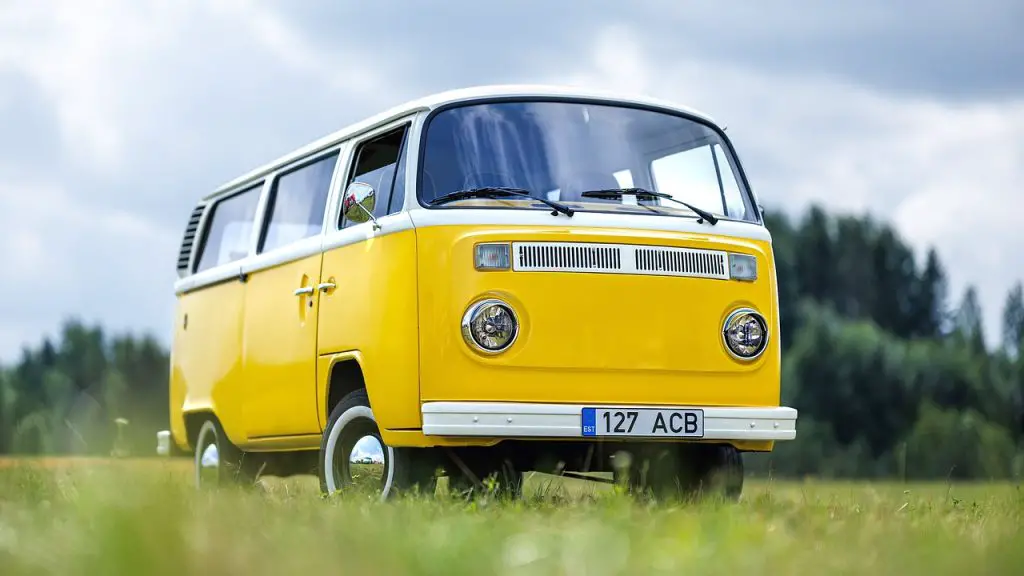
What are the different types of vans available?
There are several types of vans available, including:
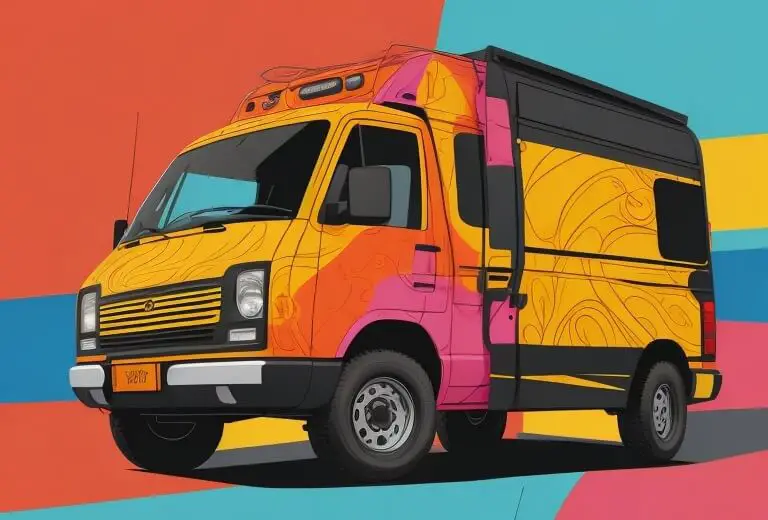
Cargo vans
Designed for commercial use, cargo vans have a spacious interior and minimal seating to maximize storage space. They are often used for deliveries, transporting equipment and supplies, and as mobile workshops.
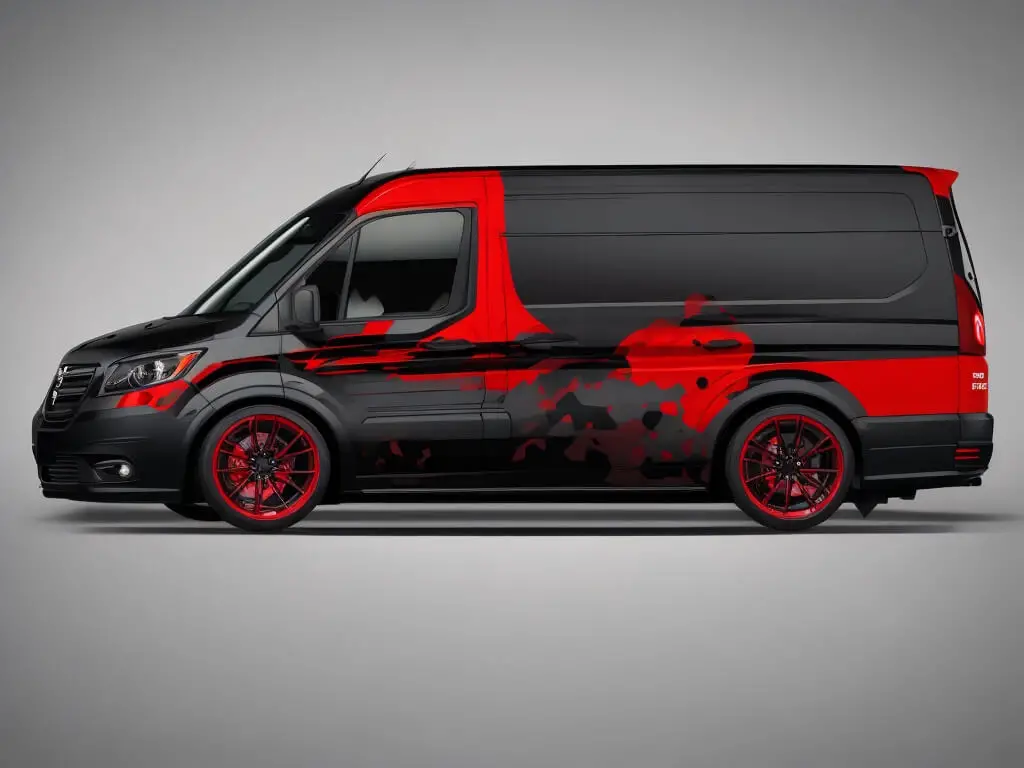
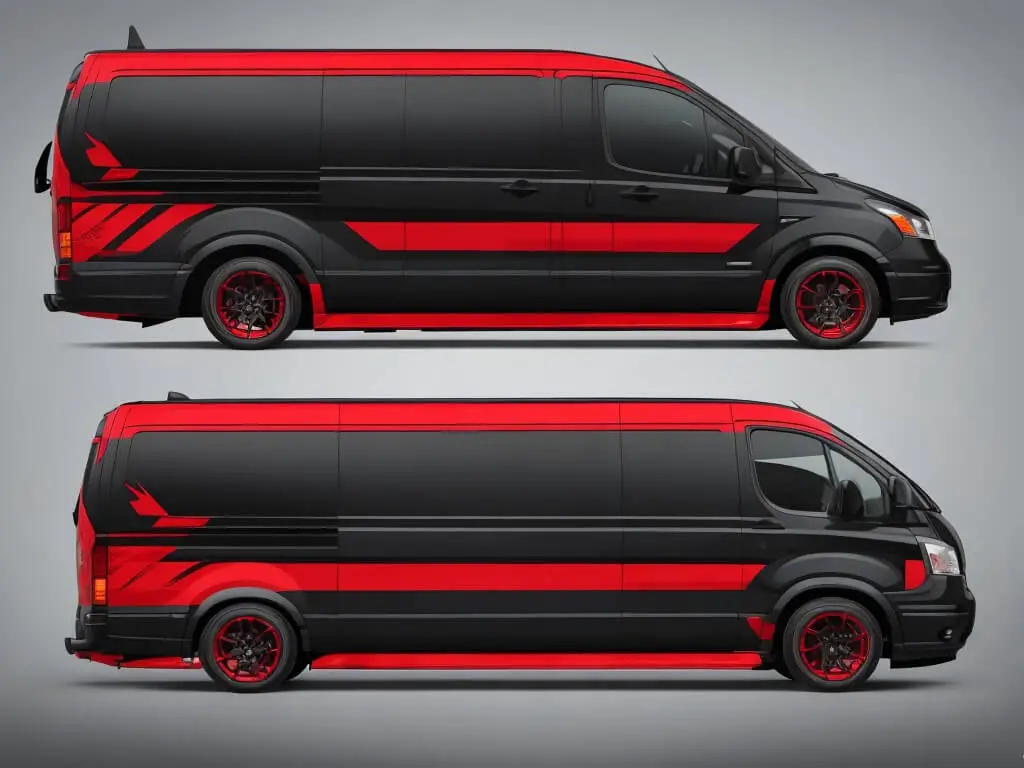
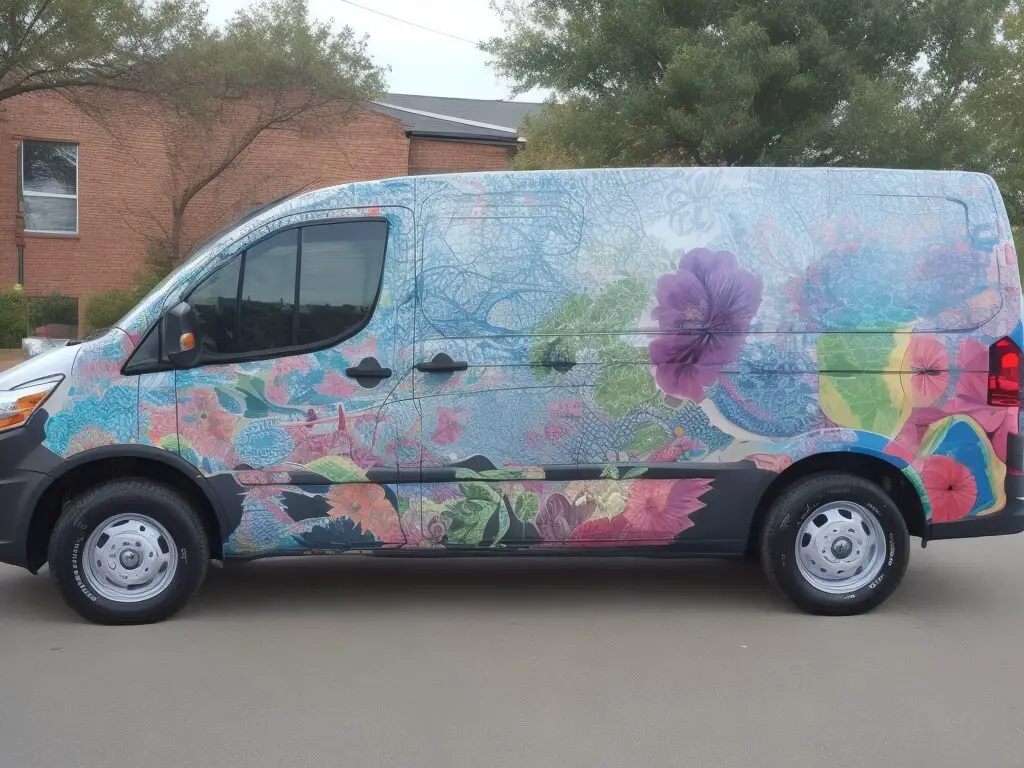
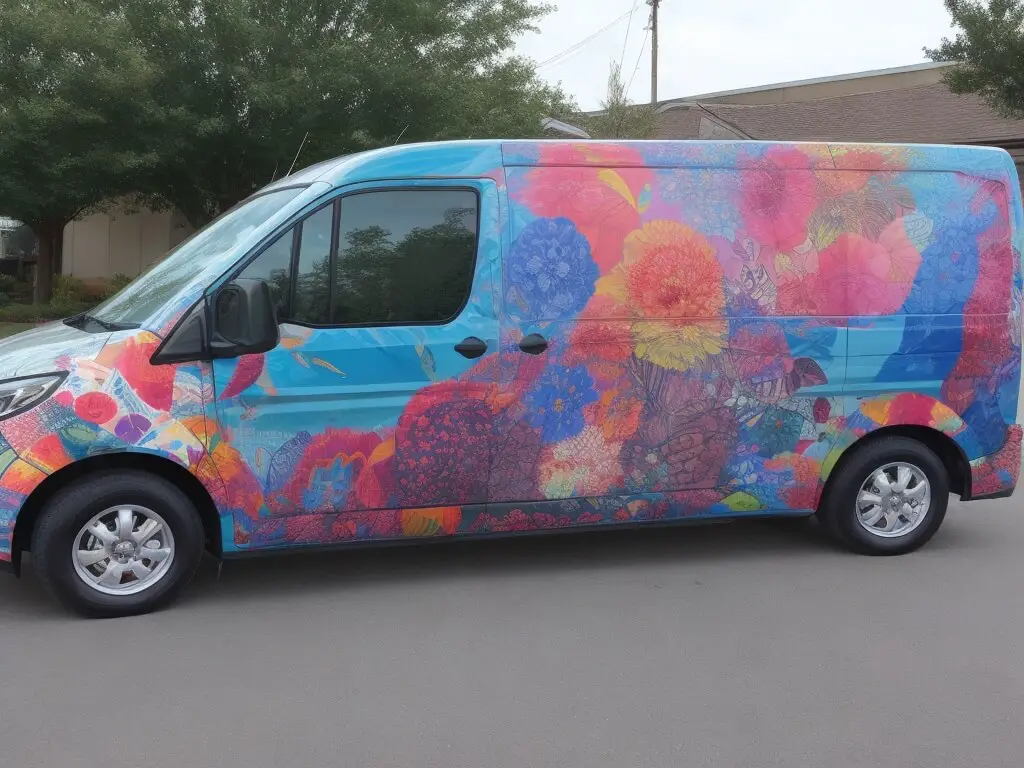

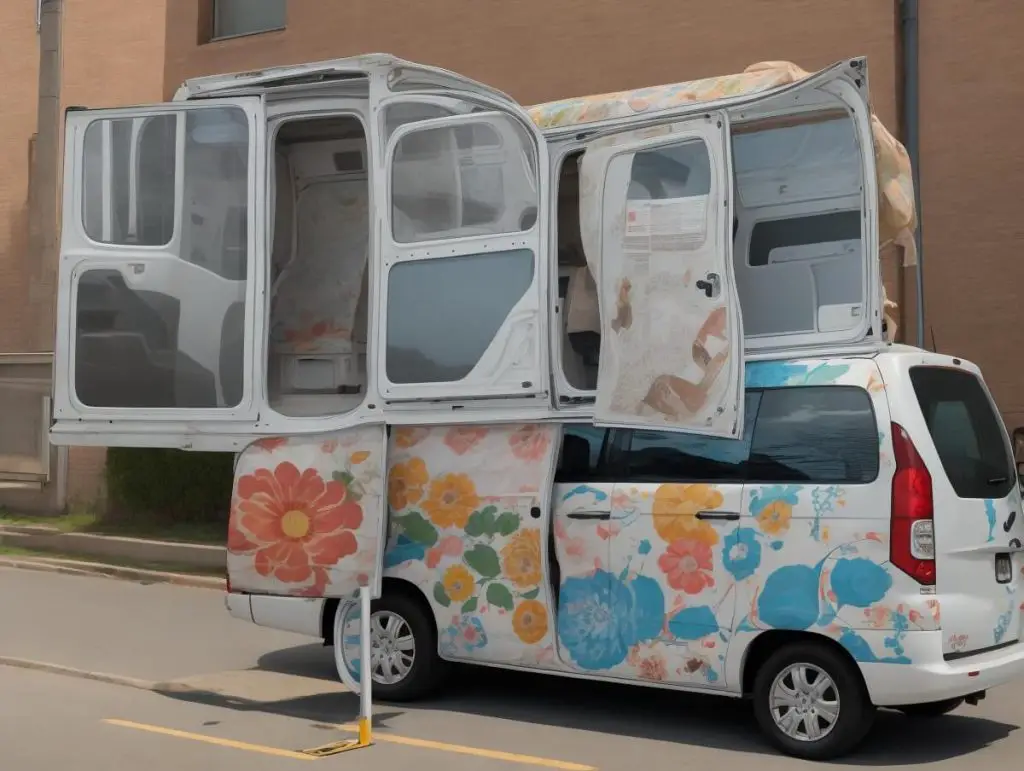
Passenger vans
These are larger than cargo vans and are meant to transport people. They typically have multiple rows of seating and can accommodate a small group of people, making them ideal for group outings, airport transportation, and church groups.
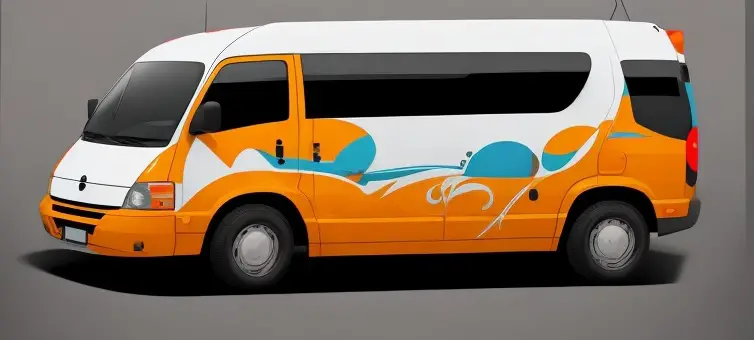
Mini-vans
Smaller than passenger vans, mini-vans are designed to be more fuel-efficient and maneuverable. They often have a more car-like ride and offer a good combination of passenger and cargo space.
Camper vans
A type of conversion van, camper vans are designed for those who want to live and travel in their vehicle. They usually include a sleeping area, cooking facilities, and storage space.

Conversion vans
Customized vans that have been modified for specific uses such as camping, tailgating, or as a mobile office.
Electric vans
Environmentally friendly vans that run on electric power. They have a limited range but are ideal for short trips and inner-city use.
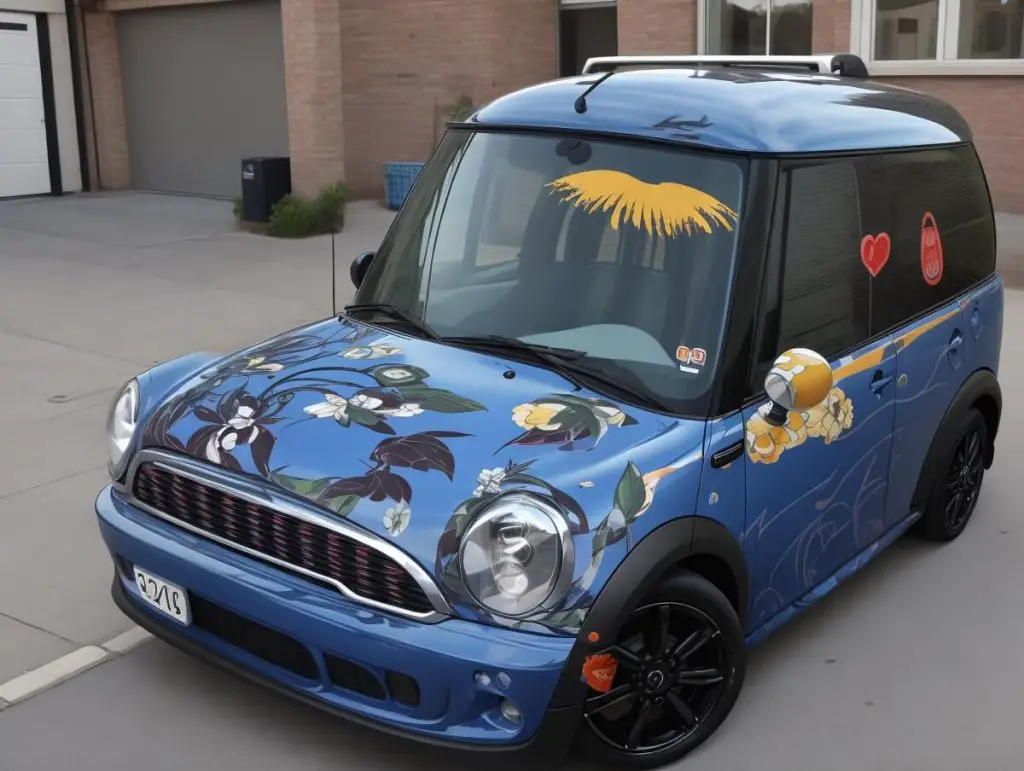
Sprinter vans
Large, high-roof vans often used for commercial purposes. They are popular for their spacious interiors, fuel efficiency, and versatility.
Panel vans
A type of cargo van with solid metal panels in place of windows on the side and rear of the vehicle, making it ideal for carrying sensitive or valuable cargo.
Van Wrap Designs
Here are the latest and new Van wraps ideas and designs to consider:
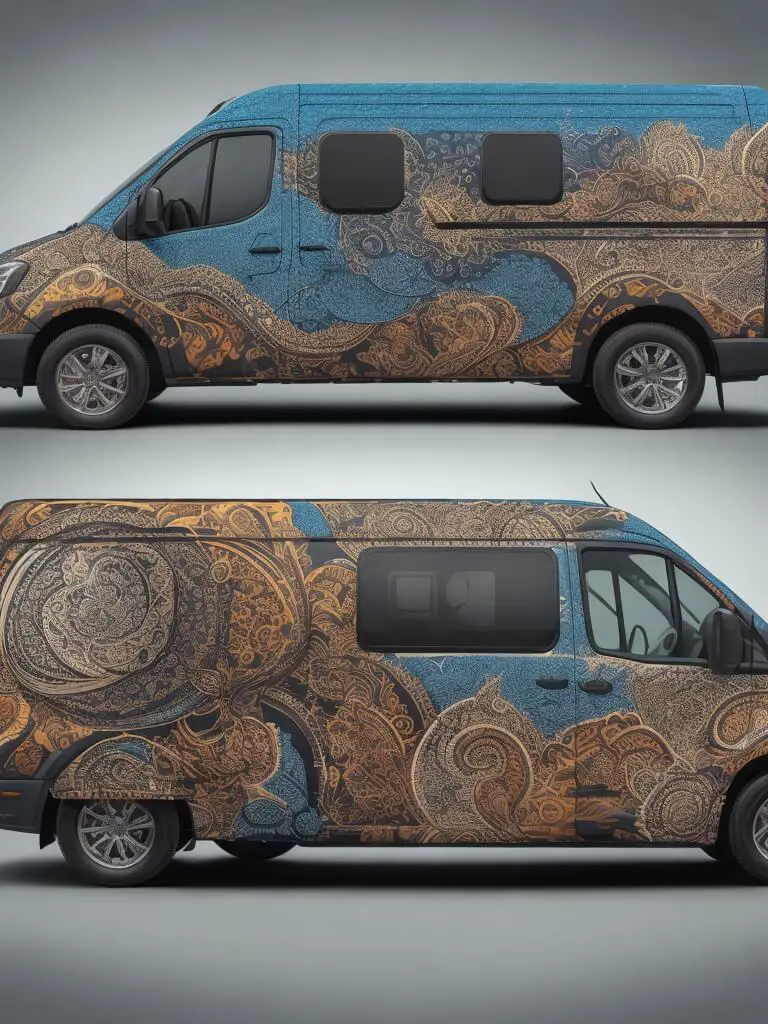
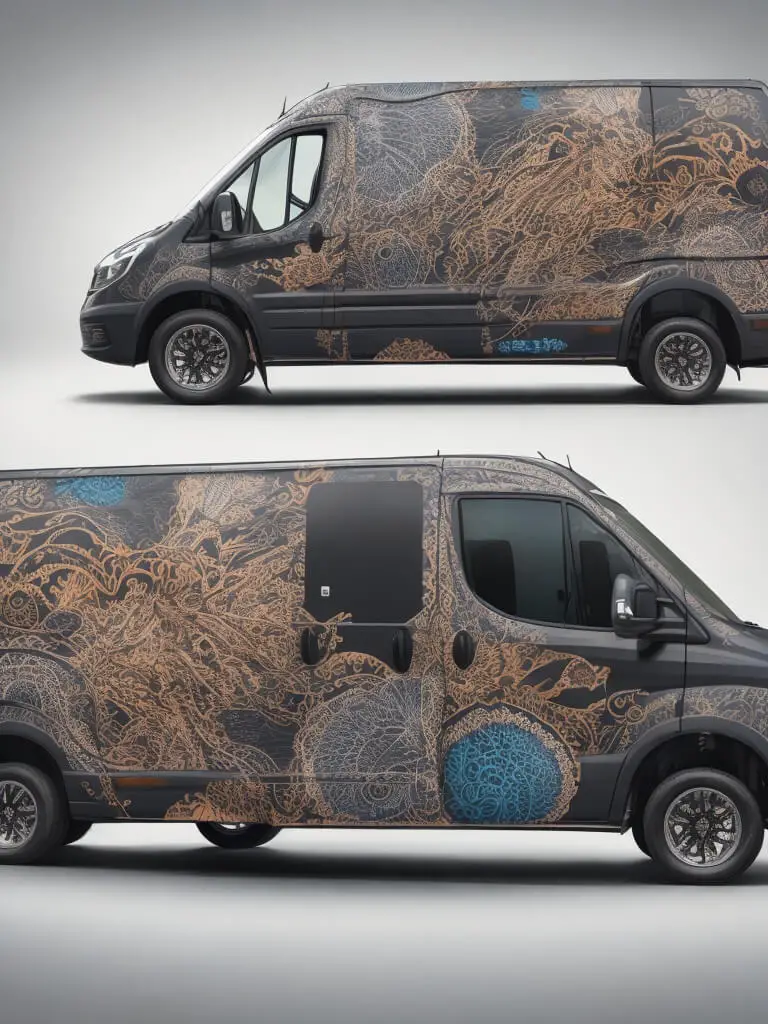
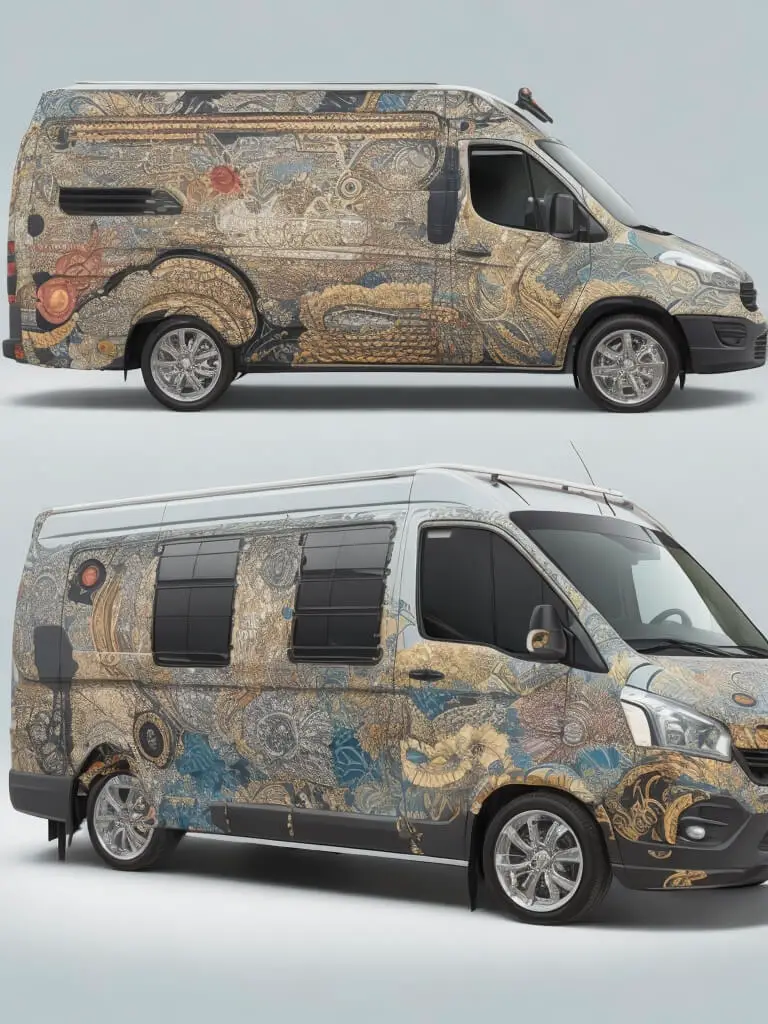

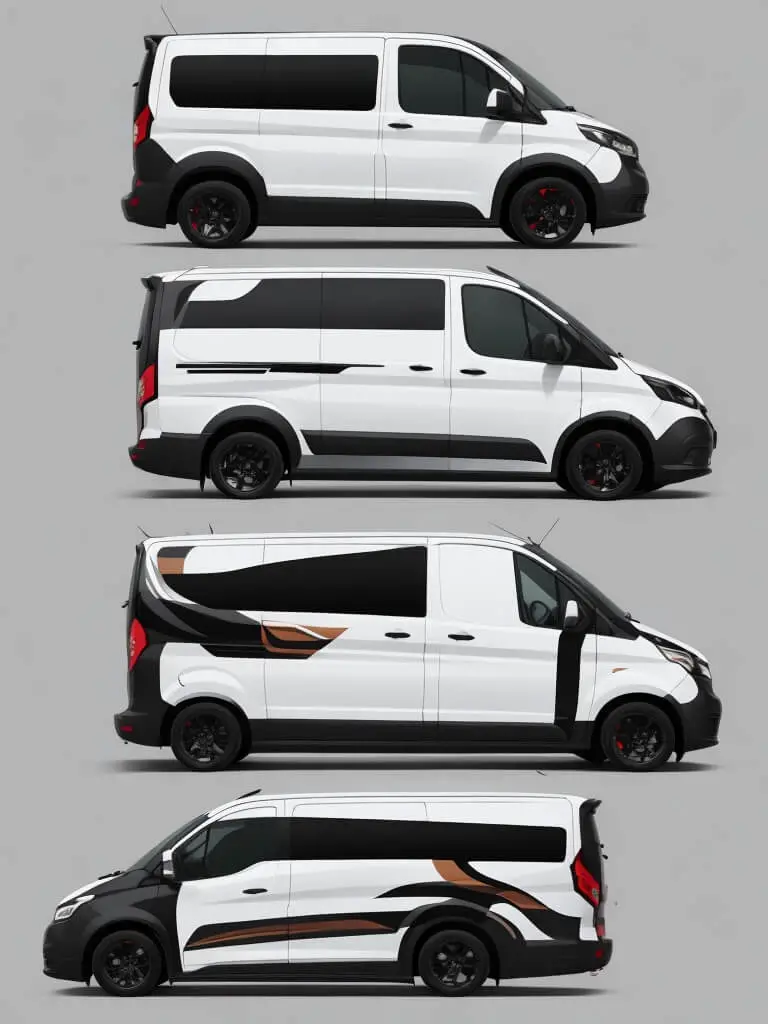
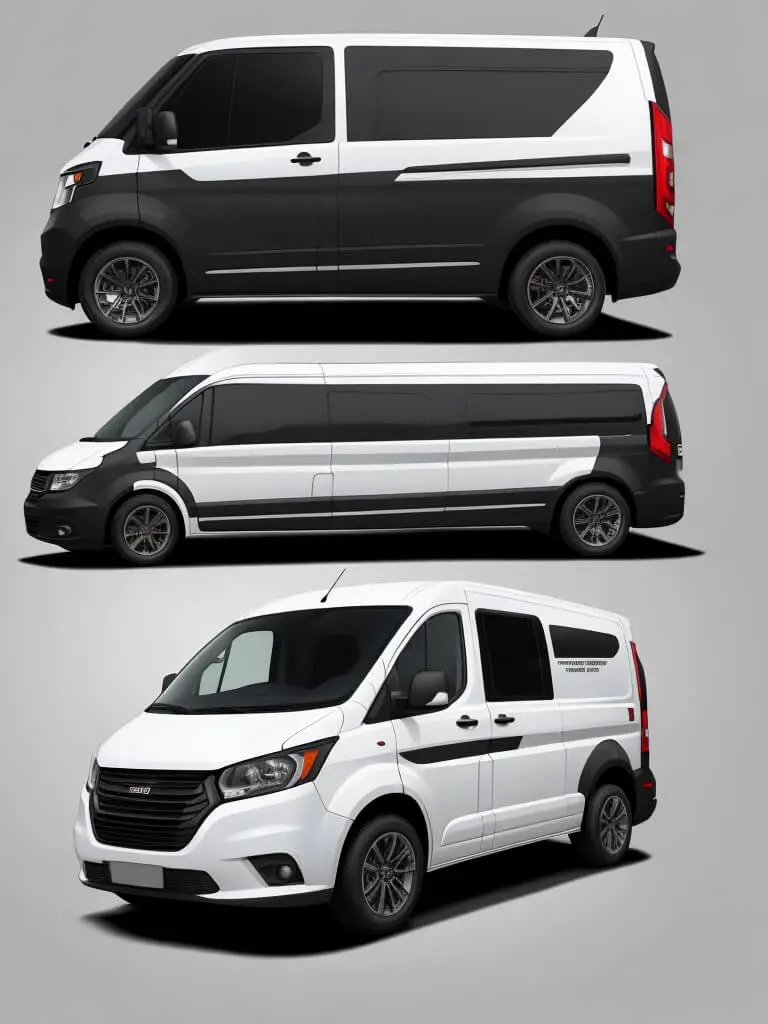
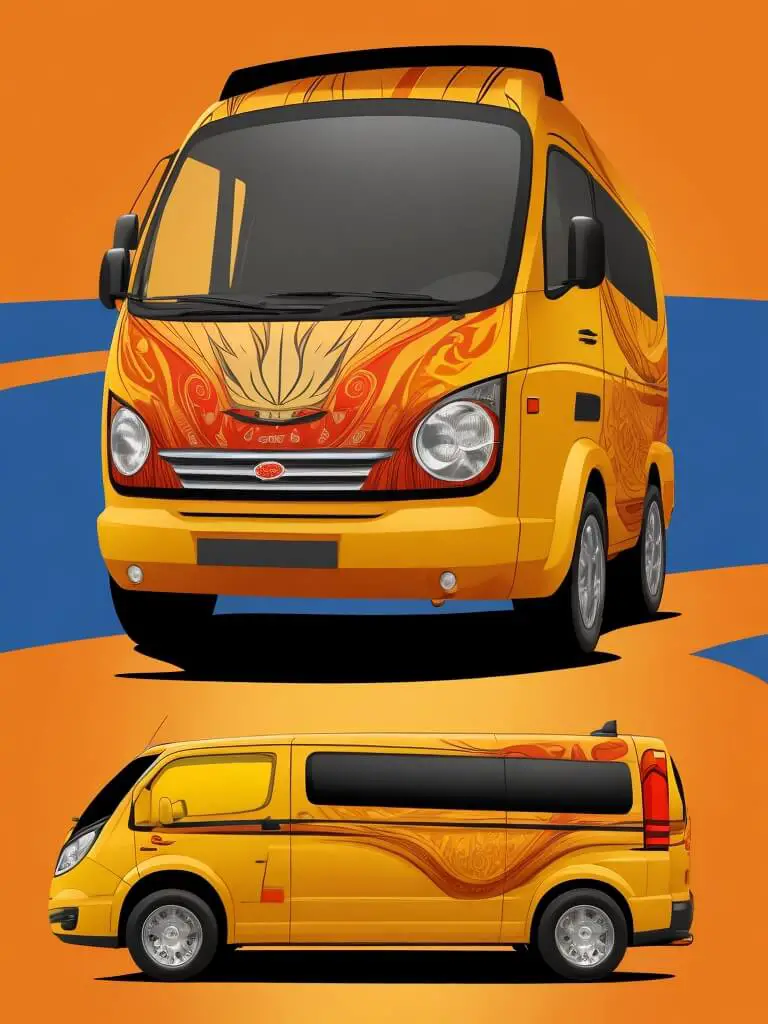
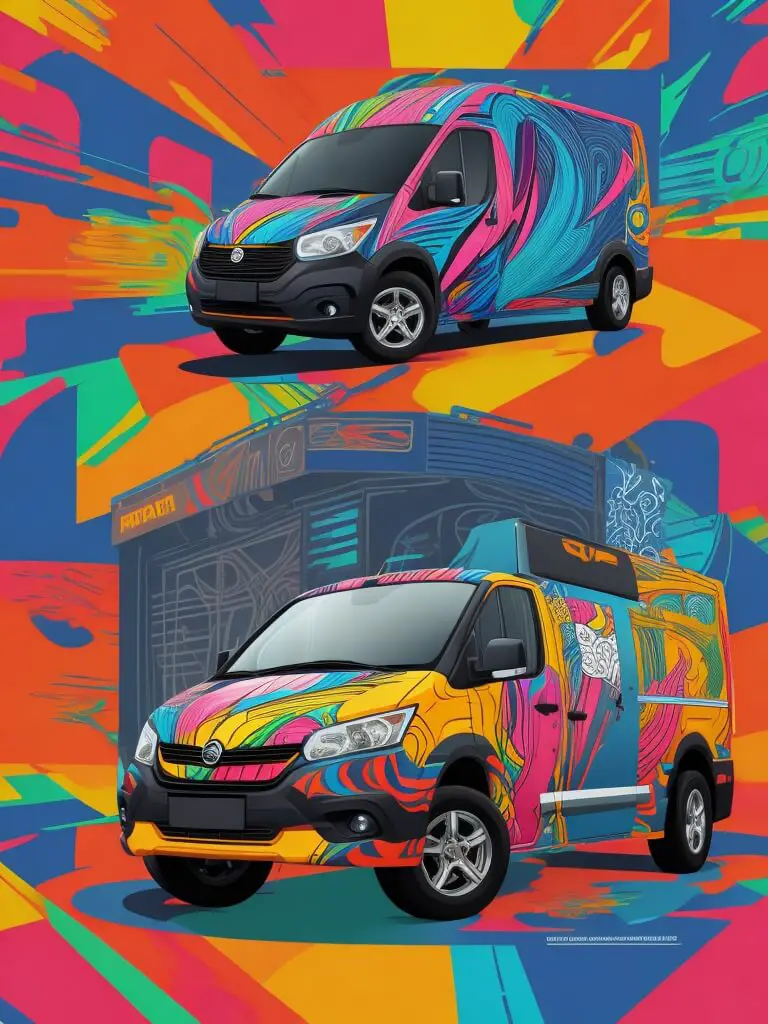
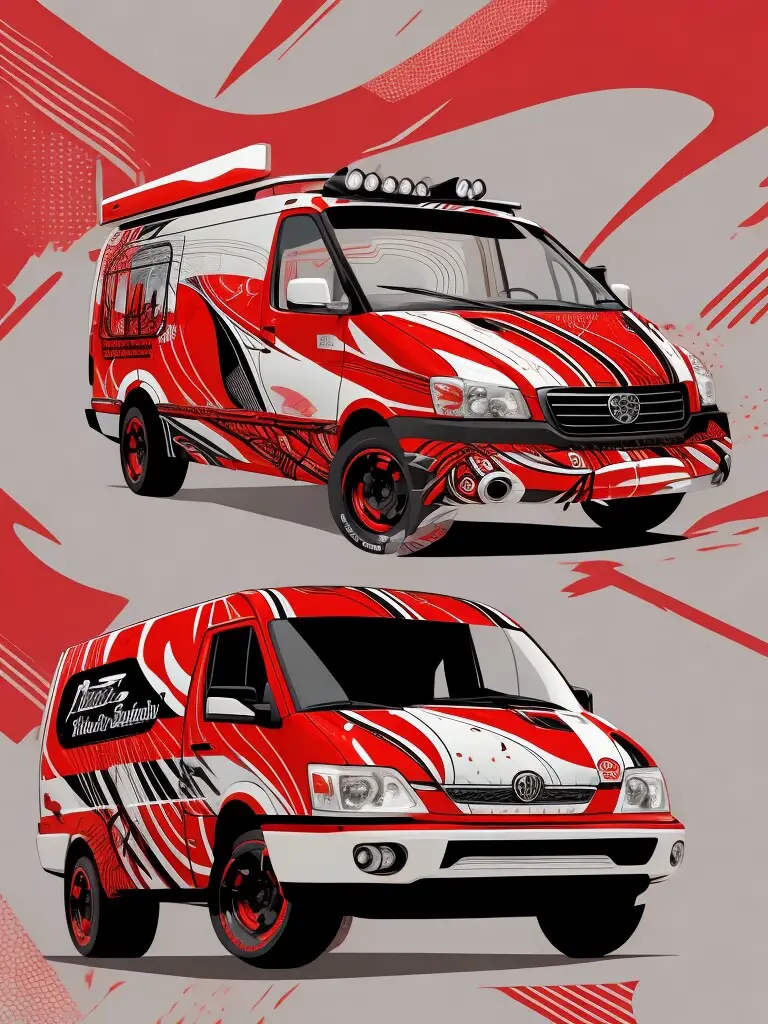
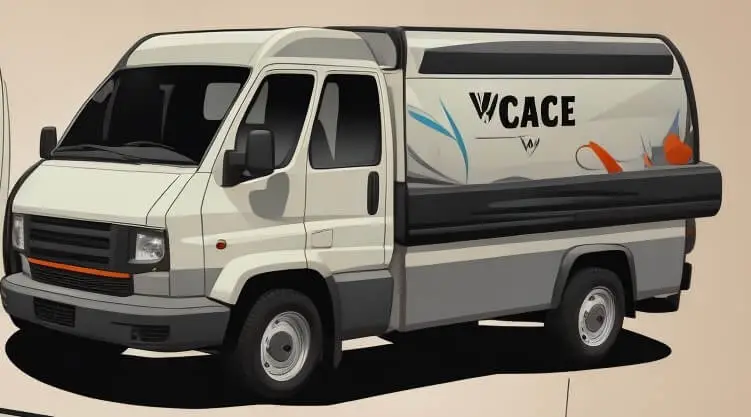
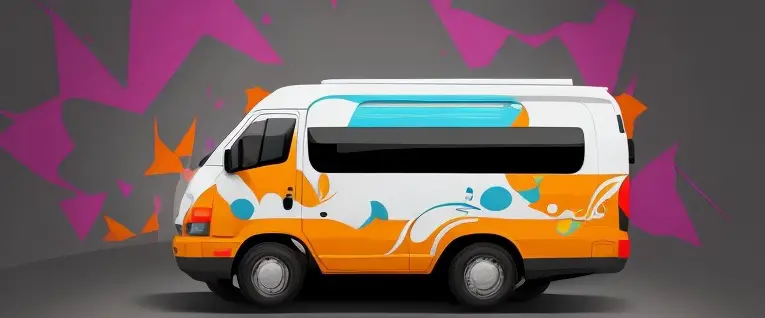
What are the best features of a van?
Some common features found in most vans that are considered valuable include:
Spacious interior
Vans have a larger interior space compared to most cars, making them ideal for transporting goods or people.
Sliding doors
This makes it easier to load and unload items, especially in tight spaces.
High roof
A high roof allows for more headroom and makes it easier to stand upright inside the van.
How does the size and weight of a van affect its performance and capabilities?
The size and weight of a van can greatly impact its performance and capabilities in several ways:
Handling
Larger and heavier vans may be more difficult to maneuver, especially in tight spaces or on winding roads. On the other hand, smaller and lighter vans may be more agile and easier to drive.
Acceleration
The heavier the van, the more power it takes to accelerate, which can affect its fuel efficiency and acceleration capabilities.
Braking
The size and weight of a van also affect its braking capabilities. Heavier vans require more time and distance to stop, so it’s important to choose a van with adequate braking systems.
What are the maintenance and repair costs associated with vans?
Some of the common expenses associated with owning and operating a van include:
Regular maintenance
This includes oil changes, tire rotations, brake pad replacements, and other routine maintenance items to keep the van in good working order.
Fuel costs
The cost of fuel will depend on the fuel efficiency of the van and the amount of driving it does.
Insurance
The cost of insurance will depend on several factors, including the make and model of the van, the driver’s age and driving history, and the state where the van is registered. You can also wrap an insured or leased car depending on the agreement.
Repairs
The cost of repairs will depend on the frequency and type of repairs needed. Vans that are used for commercial purposes may require more frequent repairs due to the heavy use they endure.
Depreciation
The value of a van will decrease over time, and this decline in value is referred to as depreciation. The rate of depreciation will depend on several factors, including the make and model of the van, its age, and its paint condition.
Towing capacity
The size and weight of a van also determine its towing capacity. Heavier vans may be able to tow more weight, but they may also require a more powerful engine and a stronger towing system.
Fuel efficiency
Heavier vans consume more fuel, which can make them more expensive to operate over time.
Load capacity
Larger and heavier vans generally have a greater load capacity, but it’s important to choose a van that is appropriately sized for the type and amount of cargo you plan to carry.
Maintenance costs
Larger and heavier vans often require more maintenance, which can impact the overall cost of ownership.
What are the most popular brands of vans?
Some of the most popular brands of vans include:
- Ford: Known for their Transit line of commercial vans, Ford offers a wide range of options for different purposes.
- Mercedes-Benz: Produces the Sprinter line of commercial vans, which are known for their spacious interiors and reliability.
- Ram: Offers a variety of cargo and passenger vans, including the ProMaster and ProMaster City models.
- Chevrolet: Produces the Express and City Express lines of cargo vans, as well as the Tahoe and Suburban passenger vans.
- Nissan: Offers the NV line of commercial vans, which are known for their fuel efficiency and versatility.
- Toyota: Produces the Sienna minivan and the Tacoma pickup truck, which can be converted into a camper van.
- Volkswagen: Known for their iconic VW Bus camper van, Volkswagen also offers a line of commercial vans in Europe.
- Renault: Offers the Kangoo line of compact cargo vans, as well as the Trafic passenger van.
What is the difference between a minivan and a van?
They have several differences:
- Size: Minivans are typically smaller and more compact than traditional vans, making them easier to park and maneuver in tight spaces. Vans are larger and have a more spacious interior, but they can be more difficult to drive and park in urban areas.
- Passengers: Minivans are designed primarily for transporting people and typically have seating for up to eight passengers. Vans can also be used for transporting people, but they may have fewer seats and a more focused design for transporting cargo.
- Interior: Minivans often have a more luxurious and comfortable interior with features such as captain’s chairs, entertainment systems, and climate control. Vans are generally more functional, with a focus on durability and practicality.
- Storage: Minivans typically have less storage space compared to vans, which are designed for transporting larger items.
- Performance: Minivans are designed for comfort and ease of use, and they often have a smooth and quiet ride. Vans, on the other hand, may be designed for tougher terrain and heavier loads, making them more rugged and less refined.
What are some of the latest technological advancements in vans?
Some of the latest technological advancements in vans include:
Autonomous driving
Several automakers are working on developing autonomous driving technologies for commercial vans, which can help improve safety and efficiency on the road.
Electric powertrains
As the demand for electric vehicles grows, more and more commercial van manufacturers are offering electric powertrains, which offer improved fuel efficiency, lower emissions, and increased torque.
Telematics and GPS tracking
Many commercial van manufacturers are now offering telematics systems that allow fleet managers to monitor the location, speed, and performance of their vehicles in real-time, which can help improve operational efficiency and reduce costs.
Connectivity
Many commercial vans now offer advanced connectivity features such as Wi-Fi, smartphone integration, and navigation systems, which can help improve the overall driving experience and enhance safety on the road.